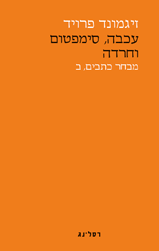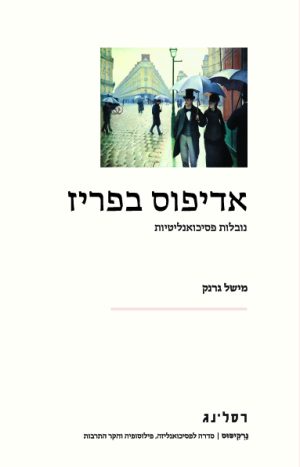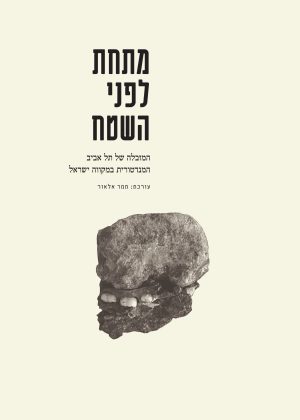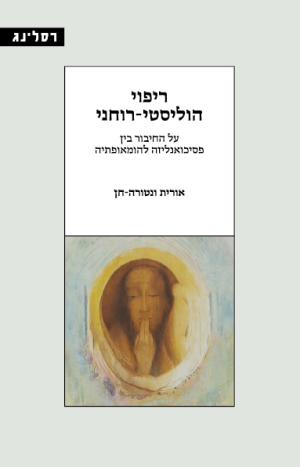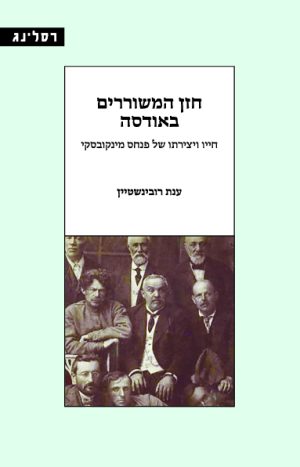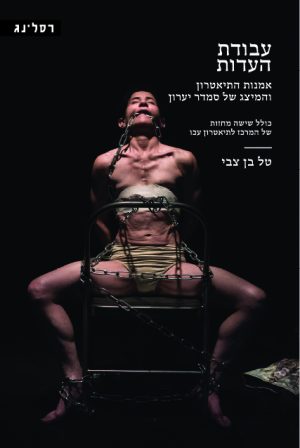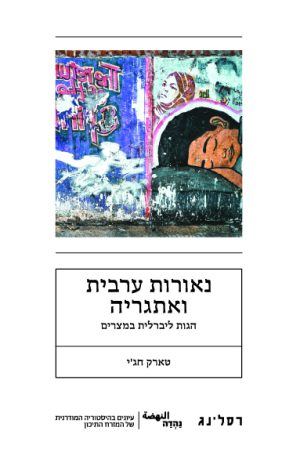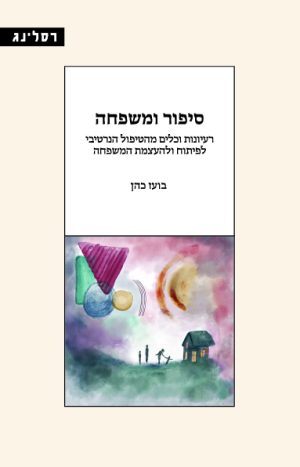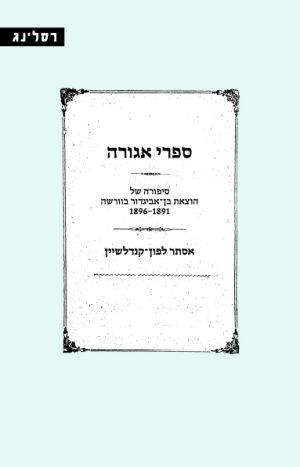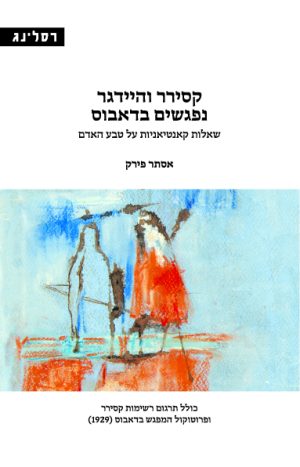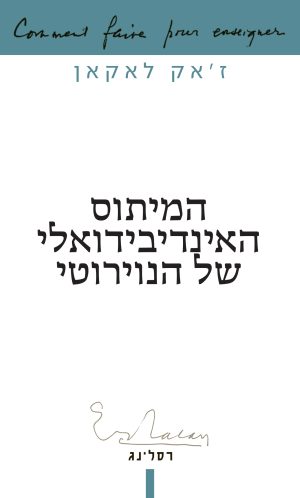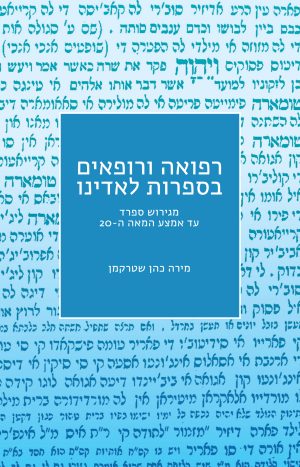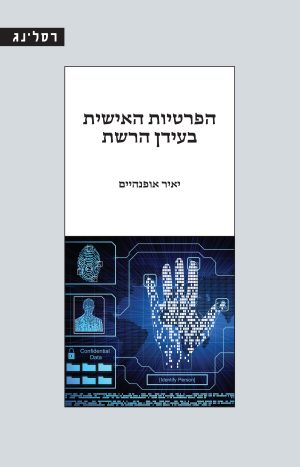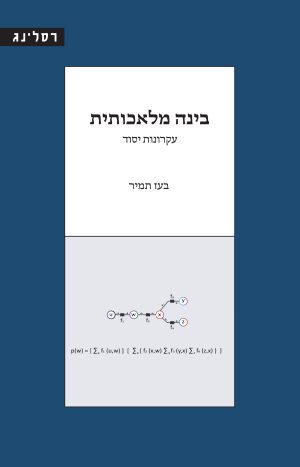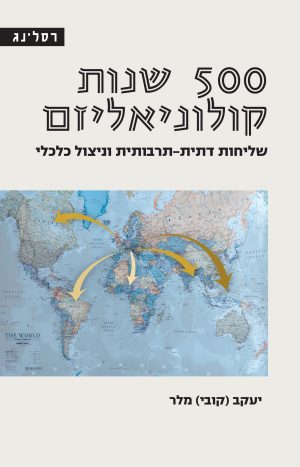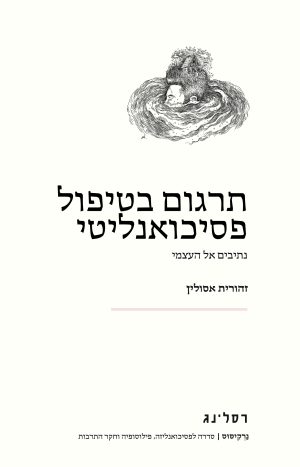עכבה, סימפטום וחרדה
עכבה, סימפטום וחרדה
מבחר כתבים, ב
קטגוריות פסיכואנליזה | פסיכולוגיה, תרגום
מאת: זיגמונד פרויד
₪78.00
During the fifty years of his thought, Sigmund Freud brought about far-reaching changes in his psychoanalytic theory. The theory of anxiety developed by Freud at the beginning of his career accompanied the psychoanalytic discourse and absorbed the changes he introduced into the psychic model for nearly thirty years without receiving a comprehensive revision. It was not until 1926, in the essay "Inhibition, Symptom and Anxiety , " translated here for the first time into Hebrew, that Freud returned to it for a final systematic examination. While rethinking his early work on the subject, he suggests a distinction between several types of anxiety, arguing that anxiety produces repression and not the other way around and linking the formation of anxiety to the formation of other mental symptoms. Freud's work gained prominence in the psychoanalytic literature on anxiety and effects, and had a major impact on the perception of anxiety by various psychoanalysts, from Melanie Klein and Wilfred Bion to Donald Winnicott, Heinz Kohut and Jacques Lacan.
For Freud, this text is not only an opportunity to process the concept of anxiety, but also to oscillate as usual between knowing and not knowing in search of the psychic model that faithfully represented the whole of his theory; All this especially after the mental revolution of the early 1920s in "Beyond the Principle of Pleasure" (1920), in which he pointed to the existence of a destructive death instinct opposed to libido, and in "The Self and the ordinary" (1923), in which he proposed the tripartite division of the mental apparatus : I, ordinary and on-me. Hence, this text is also a convenient opportunity for the Israeli reader to become acquainted with one of Freud's writings that is the focus of most of the most important controversies in the history of psychoanalysis and the psychoanalytic discourse of our time.
The translation is accompanied by an epilogue, by Dr. Eran Rolnik, on the perception of anxiety in Freud and his successors and the place of anxiety in the history and culture of the 20th century.
This book, now presented as a revised edition, appears as Volume II in Sigmund Freud's Selection of Writers' Series.
Volume II of "Sigmund Freud – A Selection of Reporters"
Wrestling Edition and the Minerva Center named after Franz Rosenzweig

